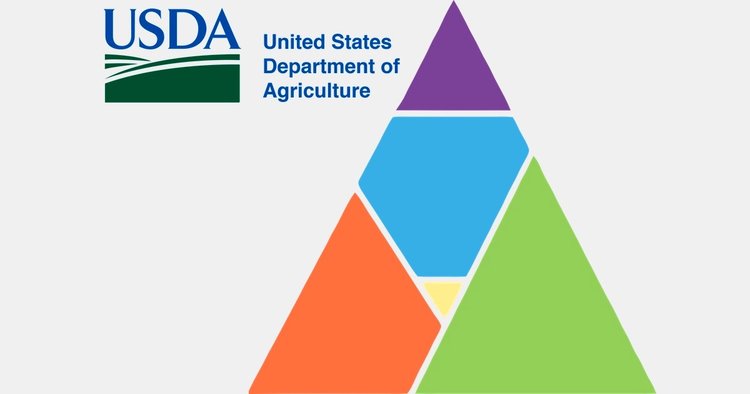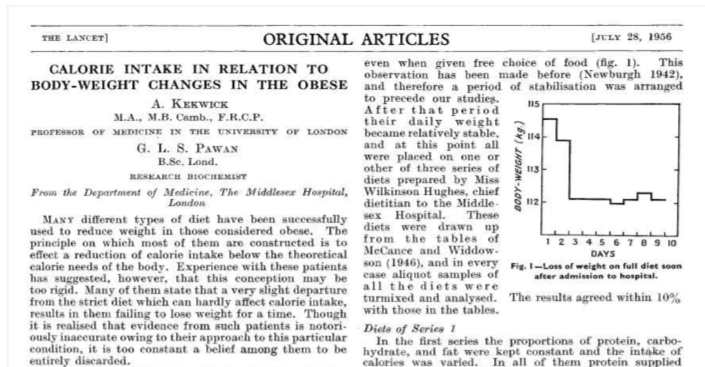Tim Ferris introduced me to several interesting thinkers through his podcast, “The Tim Ferriss Show.” I’ve learned a lot from them, and they in turn have introduced me to others who have affected my approach to diet, exercise and wellness.
Dr. Arthur De Vany was among the first, through this episode on “How to Reverse Aging.”

Art De Vany is one of the pioneers of the Paleo movement. He’s an economist, not a physician. And as Tim said, “he’s nearly 80 years old and ripped.”
Now he’s 82, and one of the things I appreciate about him is that he’s approaching the study of aging as a layman. “I only started studying it a few years ago. I figured I’m an expert because I’m experienced… When you’re coming up on 80, you start thinking about – when you approach middle age, you start thinking about these things.”
Beyond his characterization of 80 as approaching middle age, here are a few more snippets from Art in that conversation that caused me to stop and think.
- I never have three meals a day. I sometimes have one. Sometimes none. Most times two. But you don’t have to cut calories. It’s just the timing.
- I eat only twice a day. So I want long intervals between meals. I want low insulin signaling so that I bring on the defensive and repair pathways. I want to be conscious of maintaining my stem cells.
- The leanest are the ones who engage in the most intense bursts. Little children don’t steady state exercise.
- I work out almost every day. Maybe 10, 15 minutes.
- Yeah, you can jog if you want to. If you want to kill some of your stem cells.
Having been one of those guys who jog, thinking it was good for my health and longevity, that last point was jarring. But given that Art has something like 8% body fat, and that he says his blood test results are at levels typical of men 30-40 years younger, I thought it was worth exploring further.
Somewhere else I recall him comparing the overall physical appearance of sprinters vs. marathoners and asking: “Which looks better to you?” The sprinters are bright-eyed, muscular and vigorous, while the marathoners look like they’re about to die.
Point taken.
So this interview was part of my journey toward high-intensity interval training (HIIT) as well as more weightlifting.
Having been on a regular three (or more) meals per day cadence, the first bullet point above about eating two meals most days, sometimes one, and sometimes none was unfathomable to me. It seemed crazy.
But on further reflection, it increasingly made sense. Our ancestors didn’t have constant access to food. When they succeeded in a hunt, they ate, and with no refrigeration available it meant they loaded up while they had access to food. And then they were hungry for a while.
While I didn’t realize it at the time, this was my introduction to the concept of intermittent fasting or time-restricted feeding.
This podcast episode is well worth your time. Art discusses some fascinating concepts from his work as an economics professor, and the importance of major events in our personal lives and in economics as opposed to incremental developments. By far the most impact – for good or bad – comes from a handful of events, and he says it’s essential to recognize and remain poised in those situations.
If you want to read more from Art, check out The De Vany Diet, as well as his updated version, The New Evolution Diet.
Next time I’ll review a serendipitous Audible book recommendation that revolutionized my understanding, that when you eat is almost as important as what you eat.
See the whole series about my health journey. Follow along on Facebook, Twitter and LinkedIn.


